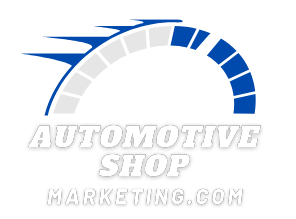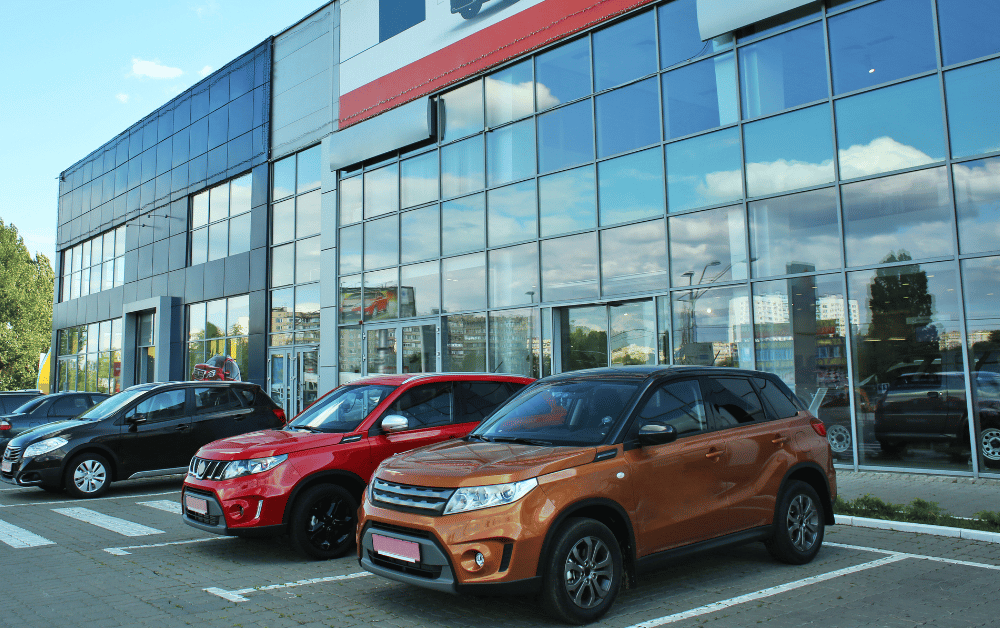Car dealerships today are competing for attention online more than ever. Two of the most common paid channels are Facebook Ads and Google Ads. Both can generate leads, but they work in very different ways. Understanding the strengths and limitations of each can help you decide where to put your ad budget—and how to structure your campaigns to actually move inventory.
The Difference in Intent
The biggest difference between Facebook Ads and Google Ads comes down to user intent.
Google Ads—particularly Search ads—target users who are actively searching for something. If someone types in “used Toyota Camry near me,” there’s already buying intent. These are high-intent leads who are likely further along in the decision-making process.
Facebook Ads, on the other hand, are interruptive. You’re targeting users based on their interests, behavior, or demographics while they’re scrolling through their feed. These people might not be in the market for a car—yet. But you can still capture attention and build brand awareness.
For dealerships, that means Google Ads might bring in leads who are closer to converting, while Facebook is better at casting a wider net and nurturing future buyers.
Cost and Competition
Google Ads tend to be more expensive, especially for high-intent keywords. If you’re targeting “buy Ford F-150 in Atlanta,” you could be paying $5–$15 per click depending on your location and competition. But those clicks often convert at a higher rate, since they’re coming from shoppers with intent.
Facebook Ads are usually cheaper on a per-click basis. You might see cost-per-click (CPC) around $0.50–$2, but the trade-off is lower intent. You’re essentially paying to create interest, rather than capturing it.
That’s why many dealers see Facebook as better for top-of-funnel activity, while Google brings in more bottom-of-funnel traffic.
Ad Formats That Work
With Google Ads, most dealerships focus on search ads and Performance Max campaigns. These work well for inventory-specific keywords and local searches. You can also run display ads through the Google Display Network, but the real lead generators are typically search-based.
Facebook offers more variety in terms of creative: carousel ads showing multiple vehicles, video ads, instant experience ads, lead forms, and more. This makes Facebook an ideal platform for highlighting specials, inventory updates, or promotional events.
What matters most is aligning your creative with your funnel stage. For example:
- Use Facebook to show a new model release video or promote a “weekend blowout sale.”
- Use Google Ads to show up when someone searches “best price on 2020 Honda Accord.”
Lead Quality and Volume
If your dealership is focused on lead quality over quantity, Google often wins. Leads from search campaigns usually have a higher intent to buy, which leads to better close rates. This is especially true when campaigns are tightly focused on high-converting keywords and backed by strong landing pages.
That said, Facebook can deliver solid lead volume at a lower cost—particularly when you use its built-in lead forms. These forms auto-fill with the user’s information, making it easy for them to submit without leaving the app. But there’s a catch: the leads are often colder. They might not remember submitting the form, or they might’ve clicked out of curiosity, not serious interest.
Some dealerships report lead close rates from Facebook in the 5–10% range, while Google often lands in the 10–20% range. But your results may vary depending on your ad strategy, follow-up process, and local market.
Targeting Capabilities
Facebook shines when it comes to audience targeting. You can build audiences based on age, location, income, job titles, online behavior, and even lookalike profiles. This gives you more flexibility to target specific demographics or retarget past website visitors and social media engagers.
Google’s targeting is narrower if you stick to search, but it’s more precise in terms of user intent. People are telling you exactly what they want in their search query. If someone searches “certified pre-owned Jeep Grand Cherokee,” you don’t need to guess their interest—it’s clear.
That’s why many smart dealerships use both platforms together. Google captures hot leads. Facebook fills the pipeline.
Retargeting Potential
Both platforms offer retargeting, and it’s often one of the most profitable ad types you can run.
Facebook excels at this. You can retarget users who visited your website, viewed a specific vehicle, interacted with your Instagram, or engaged with a prior ad. With the right creative, this can bring cold traffic back to your site and move them closer to conversion.
Google offers retargeting through the Display Network and YouTube, and with Performance Max campaigns, it can serve ads across multiple channels. These are useful, but Facebook often allows more detailed behavioral targeting, which gives it a slight edge in this area.
Sales Funnel Strategy: When to Use What
Think of Facebook as your awareness and engagement tool, and Google as your conversion engine.
If you’re launching a new store, holding a weekend sales event, or trying to build name recognition, Facebook is a great place to start. It allows you to run creative campaigns that generate buzz and pull people into your ecosystem.
Once those people start searching online for cars—or if others are already actively shopping—Google is where you need to show up. You want your dealership’s inventory to be front and center when those high-intent searches happen.
This is where retargeting becomes powerful. A customer sees your Facebook ad, visits your site, but doesn’t convert. A week later, they search “Chevy Silverado lease deals near me” and see your Google Ad. That’s a win.
How Budget Impacts Your Choice
If you’re working with a smaller budget, Google Ads might bring quicker ROI, especially if your focus is used car sales or local new car searchers. You’re paying to be present when demand already exists.
With a larger budget, Facebook lets you do more creative storytelling. You can build long-term brand loyalty, retarget site visitors, promote events, and reach new audiences that don’t even know they want a new car yet.
Ideally, you should be doing both—but not treating them the same way. Each platform needs its own strategy, tailored creative, and clear goals.
Which Platform Delivers More Leads?
If we’re talking strictly about lead volume, Facebook often delivers more raw leads because of its lower cost per lead and high reach. But when it comes to lead quality and close rate, Google often delivers better results.
So the question isn’t really “which is better?” It’s “what kind of leads do you need right now?”
If your sales team has the bandwidth to work a large volume of lower-intent leads, Facebook might be the better value. If you need high-quality prospects ready to buy, Google is likely to be more effective, even if it costs more per lead.
The real power comes from using both channels in sync. Use Facebook to build awareness and re-engage past visitors. Use Google to capture ready buyers and drive test drive bookings. Tie them together with strong landing pages, fast follow-up, and consistent messaging.
That’s how you create a system that not only gets more leads—but the right ones.



